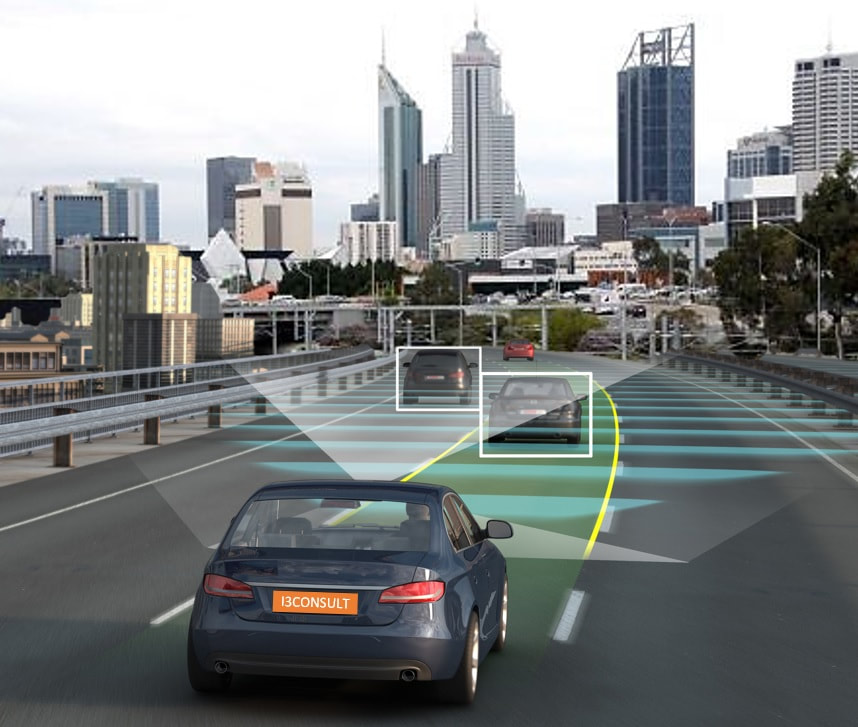|
Approving authorities regularly ask for 10-year horizons in Traffic Impact Assessments.
I recently reviewed a traffic modeling report prepared for the Year 2031. The modeling report used straight line traffic growth of 1.5% per annum. This model was accepted by the approving authority as a “robust model”. In the next five years, i.e. by 2023, autonomous cars will be widely available in Australia and it has been predicted that by 2040 these vehicles will account for half of all road travel. It has been suggested that autonomous cars will:
Some researchers argue that the disruption brought about by autonomous vehicles, including mobility-as-a-service could double or triple road capacity due to its ability to operate synchronously and with greatly-reduced spacing compared to manually-driven vehicles. There are many published papers and articles regarding the impact of autonomous vehicles with various findings and predictions. Some believe the disruption will be similar to the Beta VCR, 8 Track Cassette Players and the Y2K bug (for the more experienced readers) whilst others believe it will be more like the disruption brought about by the iPhone, which was only 10 years ago! A common theme is that while we cannot plan for this with a high degree of certainty, we should at least be preparing for it. So how does this relate to Traffic Impact Assessments? Should we:
The implications of overestimating traffic impacts and car parking demand associated with traffic generating developments are significant. If we don’t change our current practices, we will see significant funds being poured into transport infrastructure projects that may not be required in the very near future. I don’t have the answer so I’m looking forward to comments.
0 Comments
Leave a Reply. |
AuthorDavid Wilkins, Principal & Senior Traffic Engineer. Archives
August 2023
Categories
All
|

 RSS Feed
RSS Feed